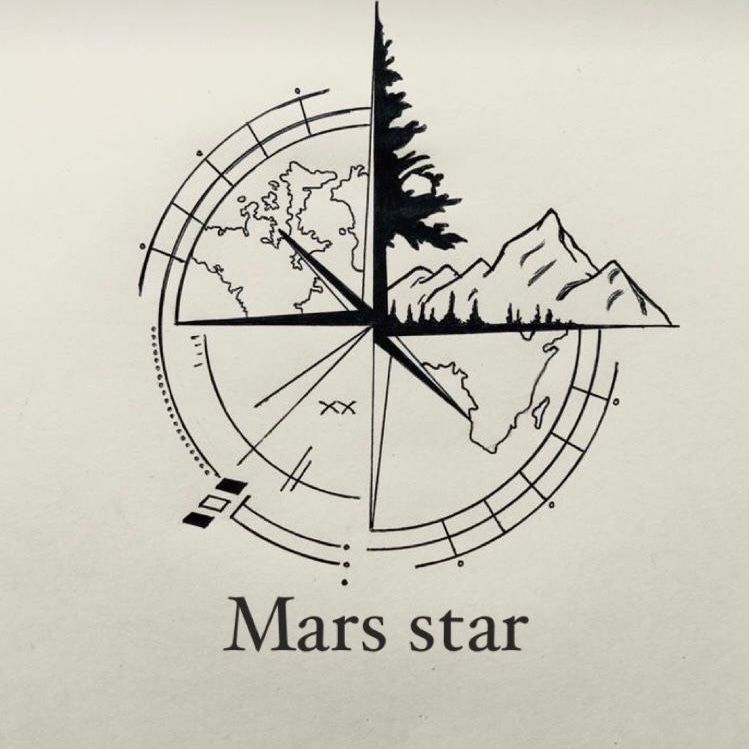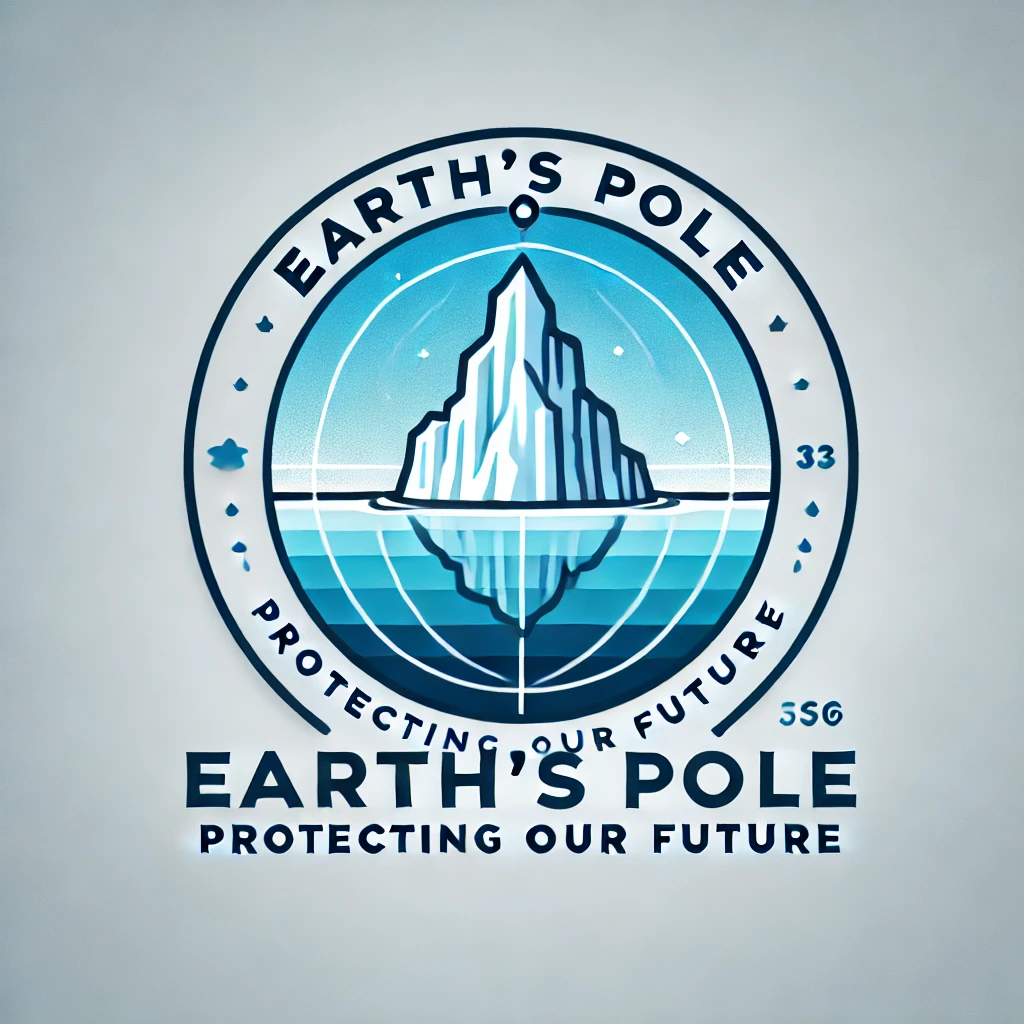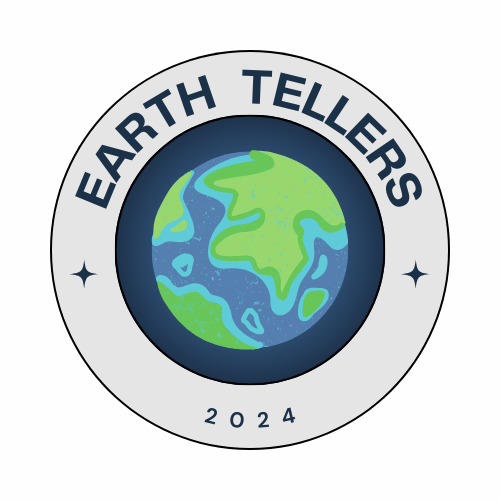Background
Scientists, governments, academic institutions, and private companies have produced data on climate change for decades. The amount of data has increased steadily as climate research has advanced and the climate crisis has become more salient. For example, the United Nations Intergovernmental Panel on Climate Change (IPCC) 2021 Working Group I report alone contains over 14,000 citations, demonstrating the large amount of published research. NASA is committed to the principles of open science, and the U.S. Greenhouse Gas (US GHG) Center aims to make climate data freely available and easy to use.
However, having access to data and making sense of the data are two different issues. Science-based information is critical for making decisions on climate change action, but compelling narratives and stories are what motivate people to act. Developing well-crafted stories based on trusted scientific data is critical to ensure that we make the right decisions about climate change.
Objectives
Your challenge is to use data on the US GHG Center website to develop a compelling story about climate change. Can you develop a climate change narrative that is based on scientific data, and can be used to (a) educate a general audience, (b) motivate that audience to act, or (c) illustrate and explain a climate change phenomenon (such as warmer temperatures, rising sea levels, or melting ice sheets) or climate range-related phenomenon (such as increasingly intense tropical storms, heavier rainfall, worsening droughts, and more extreme wildfire)?
Your story can include a combination of visualizations (made using the GHG Center’s visualization tools or software of your choice) and explanatory text. Think about how you can effectively present the story to a general audience. Will you use a dashboard, develop an application or program, or employ some other format? Get creative!
Your story can pertain to a specific country, region, or multiple geographic areas, depending on the data you select and the narrative you choose. You can use one or more of the 13 datasets currently available on the GHG Center’s website to inform your story. In addition to using the Center’s datasets you can also use open-source data from other sources, but remember to focus your story on the data from the GHG Center.
Potential Considerations
You may (but are not required to) consider the following:
For data and resources related to this challenge, refer to the Resources tab at the top of the page. More resources may be added before the hackathon begins.

al
Sep 08, 2024
Tell Us a Climate Story!
Tell Us a Climate Story!
"لعبه افتراضيه تنافسيه تتحدث عن عالم ينجح في السافر عبر الزمن للمستقبل ويجد الكوكب يعاني من ارتفاع درجات الحراره المهمه : - اكتشاف سبب وصول الارض لهذه المرحله وسبب اختفاء بعض الانهار والجبال الجليديه وانقراض بعض الحيوانات . - اكتشاف كيفية استخدام الطاقه الشمسيه وانقاذ الارض من التصحر والجفاف. تتكون اللعبه من نهايات متعدده لفصول متعدده. تتكون بيانات اللعبه من بيانات علميه مؤكده تعكس صوره بسيطه وتحذيريه عن كيفيه التحول البطيئ لكوكب الارض الى كوكب غير قابل للعيش في حال استمراريه الوضع بهذا الشكل ."
Our team needs 1 membersRequest to Join the Team |

albaha
Sep 08, 2024
Tell Us a Climate Story!
Tell Us a Climate Story!
"نبذة عن الفكرة: ""الثلج الذائب: ""رحلة الجبال الجليدية من القطب إلى الشواطئ"" فكرتنا موجهة إلى الجمهور العام، بما في ذلك الطلاب، المعلمين، صناع القرار، والمهتمين بالقضايا البيئية. الفئات المستفيدة تشمل المجتمعات الساحلية المتأثرة بتغير المناخ، والمجتمع العلمي، وكذلك المنظمات البيئية التي تعمل على رفع الوعي وتحفيز الناس على اتخاذ إجراءات لمواجهة هذه التحديات. ما يميز فكرتنا هو الربط بين البيانات العلمية الموثوقة وقصة إنسانية مؤثرة حول ذوبان الجليد وارتفاع مستويات سطح البحر. ستقدم القصة منظورًا شاملًا يوضح كيف أن تغير المناخ ليس مشكلة مستقبلية بعيدة، بل واقع يومي يؤثر على حياة الملايين. الفائدة الرئيسية هي تعزيز الوعي بالموضوع بطريقة مبسطة ومؤثرة، مما يشجع الجمهور على اتخاذ إجراءات فردية وجماعية لتقليل الانبعاثات الكربونية والمساعدة في إبطاء الاحتباس الحراري. الحل الذي نقدمه هو **موقع ويب تفاعلي** يعرض القصة باستخدام الرسوم البيانية، الخرائط التفاعلية، والصور المتحركة المستندة إلى بيانات علمية حول ذوبان الجليد وتغير مستويات البحر. سيوفر الموقع أيضًا أدوات تعليمية وتفاعلية للطلاب والمعلمين، بما في ذلك برامج محاكاة تساعد على تصور المستقبل بناءً على سيناريوهات مختلفة لانبعاثات الكربون. من خلال هذا الحل، نسعى إلى تثقيف وتحفيز الجمهور العام على مواجهة التحديات البيئية من خلال توضيح العواقب الواضحة لتغير المناخ والتأكيد على أهمية اتخاذ إجراءات فورية لحماية كوكبنا."
Our team needs 3 membersRequest to Join the Team |

Jeddah
Sep 08, 2024
Tell Us a Climate Story!
Tell Us a Climate Story!
فيتانوفا هي لعبة تفاعلية تستند إلى السرد القصصي لتوضيح مشكلة تغير المناخ من خلال بيانات علمية موثوقة من ناسا. تتضمن اللعبة مجموعة من المراحل حيث يواجه اللاعبون تحديات مرتبطة بتغير المناخ، مثل كيفية استخدام الطاقة المتجددة في المناطق المتضررة، مما يجعلهم يفهمون الأثر البيئي لكل سلوك. تستهدف اللعبة الشباب والبالغين المهتمين بالقضايا البيئية، وتمكنهم من مشاركة إنجازاتهم وتجاربهم عبر المنصة. كما تحتوي على خرائط تفاعلية تظهر المناطق المتأثرة بالتغيرات البيئية، مما يعزز الوعي ويشجع على اتخاذ خطوات ملموسة لحل المشاكل البيئية.
Our team needs 1 membersRequest to Join the Team |

Qatif
Sep 08, 2024
Tell Us a Climate Story!
Tell Us a Climate Story!
لعبة تفاعلية قصصية تستهدف الأجيال الناشئة لنشر الوعي لديهم عن تغير المناخ و الأحتباس الحراري وتأثير خياراتنا عليه عن طريق رواية الأحداث التي أثرت في تغير مناخ كوكبنا عبر مرور العصور.
Our team needs 1 membersRequest to Join the Team |

Jubail
Sep 08, 2024
Tell Us a Climate Story!
Tell Us a Climate Story!
"ClimaTrack هو موقع ويب تفاعلي يعرض بيانات تغير المناخ التاريخية بطريقة مبسطة وجذابة. يهدف إلى مساعدة المستخدمين على فهم تغير غازات الدفيئة ودرجات الحرارة عبر العقود، مع التركيز على ذوبان الجليد وارتفاع مستوى البحر. الجمهور المستهدف: الأفراد: لزيادة الوعي بتغير المناخ وأثره على البيئة. الطلاب: كأداة تعليمية لاستكشاف بيانات المناخ. الجهات الحكومية: لدعم اتخاذ قرارات بيئية مدروسة. ميزات: واجهة مستخدم تفاعلية: تتيح استكشاف البيانات عبر شريط زمني ومرئيات. سهولة الفهم: عرض البيانات بطريقة مرئية وجذابة. "
Our team needs 1 membersRequest to Join the Team |